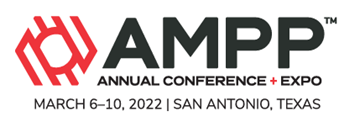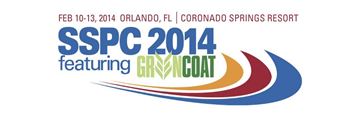Search
The Long Term Effects Of Surface Preparation: Evaluating ISO 12944 In Offshore Coating Application With Waterjetting And Cleaning Additive
Also Purchased
The Effects Of Different Blast Abrasives On The Performance Of Liquid-Applied Epoxy Pipeline Coatings
Product Number:
51322-17806-SG
Publication Date:
2022
$20.00
Failure Analysis and PreventionThrough ISO 12944
Product Number:
41214-805-SG
Publication Date:
2014
$20.00
Activated Zinc Technology; Making Zinc-Rich Epoxies Work Better for the Applicator and the Owner
Product Number:
41216-985-SG
Publication Date:
2016
$20.00




